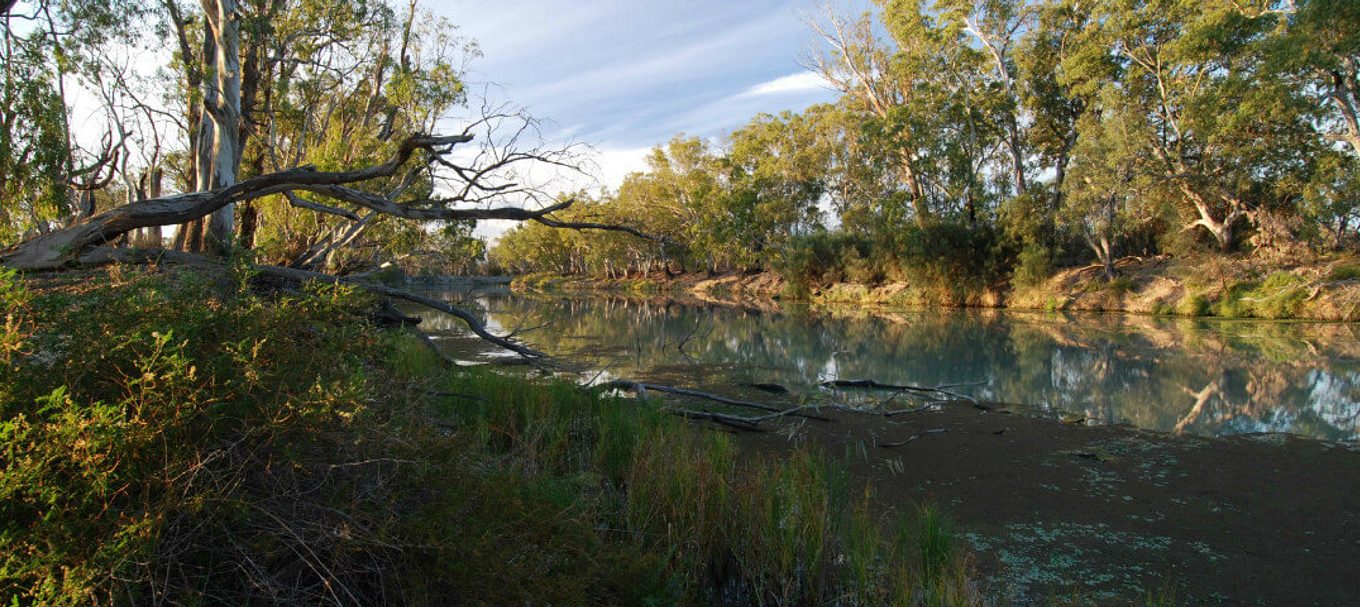
4 wetland areas to visit along the River Murray
Held annually on 2 February, World Wetlands Day is a great time to explore these unique environments and learn about the work underway to keep them healthy.
This year’s campaign is an appeal to invest financial, human and political capital to save the world’s wetlands from disappearing and to restore those that have degraded.
World Wetlands Day marks the anniversary of the first international Convention on Wetlands in Ramsar, Iran in 1971.
The Ramsar Convention aims to halt and, where possible, reverse the loss of wetlands around the world.
Want to understand what makes them so special? Here’s everything you need to know about wetlands – and where to explore them in South Australia.
What are wetlands?
There are many definitions but to put it simply, wetlands are areas of land covered by water either year-round or just at certain times, such as a swamp, lagoon or marsh.
Wetlands can be natural or artificially created, or even underground.
There are particular wetlands known as Ramsar wetlands, which are considered to be of international importance because they are rare or unique, or important for conserving biological diversity.
Australia has 66 of these including the Coorong and Lakes Alexandrina and Albert wetland which supports the greatest wealth of waterbird species in the Murray-Darling Basin.
Learn more: Understand why South Australia’s Coorong and Lower Lakes are so important.
Wetlands to visit along the River Murray
There are some stunning wetlands along the River Murray with plenty to see, do and discover. Here are our top picks:
- If you’re in the Murray Bridge area, it’s well worth a visit to the Riverglades and Swanport reserves. There’s plenty to see for wildlife lovers, and the trails and boardwalks make it easy to get around.
- Check out Paiwalla, a former dairy farm that is now a vital site for the protection of many species of birds and other animals.
- Camping fans can head to Hogwash Bend at Cadell, or Overland Corner near Barmera, where there’s lots to see if you’re into birdwatching. Environmental watering has been taking place in both areas to provide habitat for native animals and prevent degradation.
- Keen on canoeing? Katarapko Floodplain in Murray River National Park near Berri is the place to go. It covers more than 9000 hectares, where you can also camp, check out the lagoons and swamps on a walk, and discover the varied wildlife in the area.
Fast facts about Ramsar sites
- The Ramsar Convention aims to halt the worldwide loss of wetlands and to conserve, through wise use and management, those that remain.
- Australia's 66 Ramsar sites cover more than 8.3 million hectares, forming an impressive estate of diverse wetland types, including freshwater, marine, permanent and short-term, in every climatic zone.
- There are 2400 Ramsar Sites worldwide.
- They cover 2.5 million square kilometres, an area larger than Mexico.
- Australia was one of the first countries to become a Contracting Party to the Convention and designated the world's first Ramsar site, Cobourg Peninsula, in 1974.
- The Coorong and Lakes Alexandrina and Albert wetland was listed under the Ramsar Convention in 1985.
- The Convention encourages member countries to nominate sites containing representative, rare or unique wetlands, or those important for conserving biological diversity, to the List of Wetlands of International Importance (Ramsar sites).
(Main image courtesy of Bill Doyle)
This story was originally published in February 2016 and has been updated with some fresh information.





